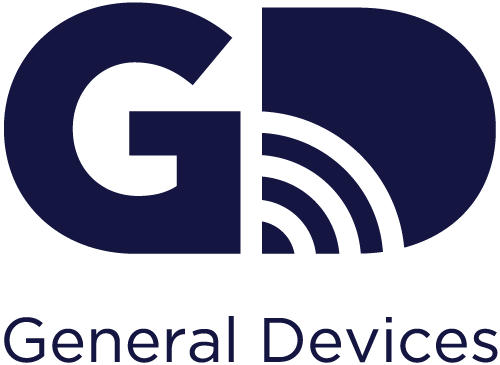Improved Prehospital Communication between Michigan EMS and hospitals with Telehealth Solution
In 2019, the Farmington Hills Fire Department responded to 5,785 medical emergencies. With many of these patients requiring advanced life support, clear and efficient prehospital communication is a necessity. The proper communication of all information from Emergency Medical Services (EMS) to hospital teams is crucial to ensuring that hospitals are fully prepared to treat incoming patients. But radio communication is simply not enough. Too many details can get lost in translation.
That’s why the Farmington Hills Fire Department, the Farmington Public Safety Department and their partner hospitals—Beaumont Hospital – Farmington Hills and Henry Ford West Bloomfield Hospital—use the GD e-Bridge telemedicine app for all prehospital communication. This Telehealth solution has live video and secure multimedia capabilities, which allows EMS teams to send pictures, videos, audio and messages to the hospital while at the scene.
GD e-Bridge also allows hospital teams to see electrocardiograms and neurological examinations. This is a valuable feature for the Farmington Hills community, in particular, as their EMTs hold one of the highest survival rates of cardiac arrest in the United States. Having access to these tests and examinations—and any pictures and videos—helps partnering hospitals better prepare to care for patients experiencing this severely life-threatening illness, and others. It ensures that the right teams are in place so that interventions can begin immediately.
“Pictures give us a lot of useful information to be able to decide how to best care for and what kind of injuries we should be looking for or can expect, based on the mechanism,” says Beaumont Farmington Medical Director of the Emergency Trauma Center Dr. Sanford Vieder. “If you can direct your care based upon the circumstances in which that injury occurred, then that really gives you a heads up in terms of really honing your areas of concern and treatment.”
For the fire department, e-Bridge “affords us the opportunity to give health care providers within emergency departments an even greater appreciation than we ever have before as to what we’re bringing them,” says Farmington Hills Fire Department EMS Coordinator Jim Etzin.
The easy-to-use GD e-Bridge is powered through a smartphone. It is highly configurable, allowing hospital teams to create the best protocols for their individual needs. GD works with EMS and Hospital teams to build their own easy-to-navigate templates, including interface, alerts, buttons, workflow, authorized participants and more. With prehospital communication streamlined, more time is saved for patient care, which can be lifesaving.
In addition to these multimedia capabilities, GD e-Bridge allows hospital teams to:
- time-stamp and record all communication
- track all steps of a patient’s lifecycle
- track incoming ambulances through real-time ETA mapping on mobile devices
- strengthen team communication
- streamline training and documentation
- send automated notifications to select team members
To discuss how you can improve patient outcomes by enhancing communication between EMS and hospital teams, visit www.general-devices.com/contact.
About GD (General Devices)
GD is a 40+ year Med Tech company that specializes in mobile telemedicine and telehealth that, enables simply smarter patient care by empowering hospitals, EMS, mobile integrated healthcare, community paramedicine and public safety responders with the most comprehensive, highly configurable and affordable medical team communications solutions. Learn more at general-devices.com.
In addition to these multimedia capabilities, GD e-Bridge allows hospital teams to:
- time-stamp and record all communication
- track all steps of a patient’s lifecycle
- track incoming ambulances through real-time ETA mapping on mobile devices
- strengthen team communication
- streamline training and documentation
- send automated notifications to select team members

